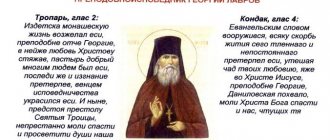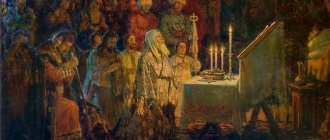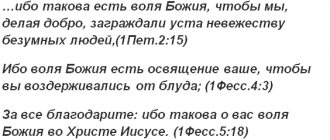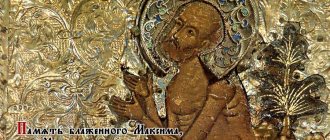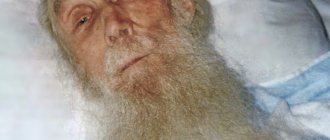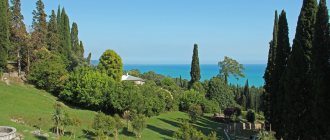Brief biography
Baptized into the world by Alexei, the boy was born into a family of pious peasants in Orenburg. Almost nothing is known about his father, except that he died when his son was only a few years old. His mother, Matrona, played a significant role in the boy’s life.
When, at the age of 10, as a result of illness, her son lost his legs, she constantly prayed for help from St. Nicholas the Wonderworker to heal her beloved child. She made a vow to go to a monastery when Alexei reached adolescence, and to dedicate him to God.
It is not surprising that on the feast of St. Nicholas (December 6), Alexei was miraculously healed. When the young man grew up, Matrona retired to a monastery. After this, the future elder and saint lived in solitude.
in 1876, he went to the Russian St. Panteleimon Monastery on Holy Mount Athos, and on March 11, 1880, he was tonsured into a mantle with the new name Aristoclius, in honor of the Cypriot martyr Aristoclius of Salamis. A short time later, on December 2, 1884, monk Aristokle was ordained a hierodeacon, and 2 weeks later - a hieromonk. Exactly two years later, Hieromonk Aristoklius was tonsured into the schema without changing his name.
Venerable Aristocles. Icon Photo from the site akafist.narod.ru
Several years, from 1891 to 1894. Aristoclius was the rector of the Moscow courtyard of the Athos St. Panteleimon Monastery. In those years, the monastery was located in a modest city estate on Bolshaya Polyanka Street - it was donated to the monastery in September 1879 by the famous philanthropist Akilina Alekseevna Smirnova. Father Aristoclius not only headed the courtyard. He was at the same time the rector of the chapel of the holy great martyr and healer Panteleimon, while also performing the duties of treasurer. The elder, possessing the gift of insight and healing, received hundreds of people in need of help every day. The elder immediately distributed considerable donations from those who prayed to the suffering, and paid for the education of poor children from these funds.
With the active participation of the elder, the magazine “Soulful Interlocutor” was published at the farmstead in 1888, telling about the life and exploits of Russian monks on the Holy Mountain. He introduced readers to the biographies of Athonite ascetics, and also published letters from the elders to their spiritual children. There were days when the priest received up to a thousand people. And he tried to console everyone with his conversations. Sometimes he would say: “Oh, my beloved children, if you only knew how much I want to save you! I would endure everything for you, may the Lord save you all! Just to lead you to Him! If only you could be saved. After all, I have no greater concern than to bring you to the Lord, and there is no more serious matter on earth than the salvation of your souls.”
To the great sorrow of all who knew Aristoklius of Athos, the elder died on August 26 (September 8, 1918), on the Presentation of the Vladimir Icon of the Most Holy Theotokos. The funeral service for Hieroschemamonk Aristoklius was conducted by three bishops at once: Tryphon (Turkestan), Arseny and Joasaph, the rector of the Epiphany Monastery, who at that time was acting as Metropolitan of Moscow.
After the funeral service, Elder Aristoclius was buried in the marble crypt of the tomb of the courtyard. However, in the wake of revolutionary trends, searches and confiscations often took place in the compound. Then the spiritual children of the saint decided to rebury the Elder of Athos, and in 1923 the coffin with his body was reburied at the Danilovsky cemetery in Moscow. The monks carried him out of the tomb, loaded him onto a cart and took him to the Danilovskoye cemetery. According to eyewitnesses, the pigeons, which the elder loved to feed during his lifetime, flocked from all over the city and formed a living cross in the sky. This cross accompanied the elder until his grave.
Where is it, how to get there
The Danilovskoye Cemetery is located in Moscow at the address - Fourth Roshchinsky Proezd.
From the Tulskaya metro station to the Danilovsky cemetery you can take tram number 1 or 10, from the Shabolovskaya metro station you can take tram 26.
I didn’t wait for public transport, but went on foot from the Tulskaya metro station. The journey takes approximately 15-20 minutes. The main thing is not to make a mistake with the direction.
